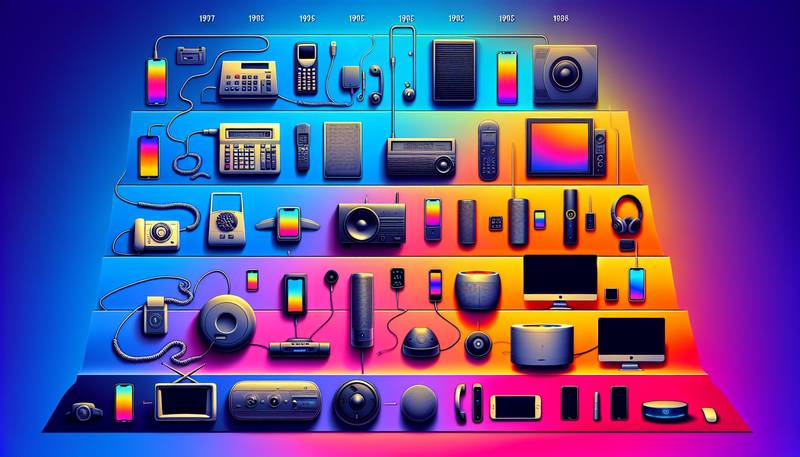The Evolution of Smart Home Devices: From Simple Gadgets to Sophisticated Systems

Introduction
Smart home devices have come a long way since their inception, and the evolution of these gadgets has been nothing short of impressive. From the early days of clunky, basic devices to the sleek, sophisticated gadgets we have today, smart home devices have changed the way we live, work, and interact with our homes. In this article, we'll take a deep dive into the evolution of smart home devices, looking at how they've developed over the years and what the future holds for this exciting technology.
The Early Days of Smart Home Devices
The concept of a smart home has been around for decades, but the technology to make it a reality has only recently caught up. The first smart home devices were basic, offering simple functions like turning lights on and off remotely. These devices were often clunky and difficult to use, requiring a lot of trial and error to get them to work properly. However, they were the first step in a journey that would lead to the smart homes we have today.
The Rise of the Internet of Things
The Internet of Things (IoT) has played a significant role in the evolution of smart home devices. As more and more devices became connected to the internet, the possibilities for smart home technology grew exponentially. With IoT, devices could communicate with each other, share data, and work together to create a seamless smart home experience. This led to the development of more advanced devices, like smart thermostats, which could learn a homeowner's habits and adjust the temperature accordingly.
The Role of Voice Assistants
Voice assistants like Amazon's Alexa and Google Assistant have also been a game-changer for smart home devices. These assistants have made it easier than ever to control smart home devices, with simple voice commands replacing the need for complex remote controls or apps. Voice assistants have also made smart home devices more accessible, allowing people of all ages and abilities to use them with ease.
The Rise of Home Automation
Home automation has been one of the most significant developments in the evolution of smart home devices. With home automation, devices can be programmed to work together, creating a truly smart home. For example, a smart home system could be programmed to turn on the lights, adjust the temperature, and play music when the homeowner arrives home. This level of automation has made smart homes more convenient and efficient than ever before.
The Future of Smart Home Devices
The future of smart home devices is looking bright, with new technologies like 5G and artificial intelligence set to revolutionize the way we interact with our homes. With faster internet speeds and more powerful AI, smart home devices will be able to perform more complex tasks and make even more intelligent decisions. We can also expect to see more integration between smart home devices and other technologies, like virtual reality and augmented reality, creating even more immersive smart home experiences.
Conclusion
Smart home devices have come a long way since their early days, and the evolution of this technology has been nothing short of remarkable. From basic remote-controlled devices to sophisticated home automation systems, smart home devices have changed the way we live and interact with our homes. With new technologies on the horizon, the future of smart home devices is looking brighter than ever, and we can't wait to see what's next.


